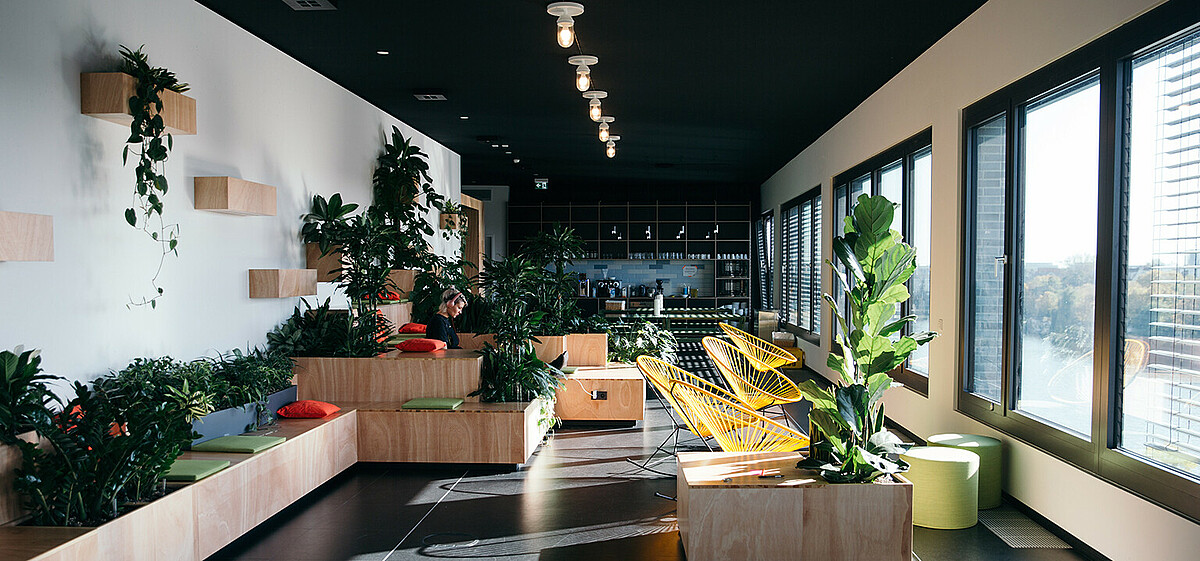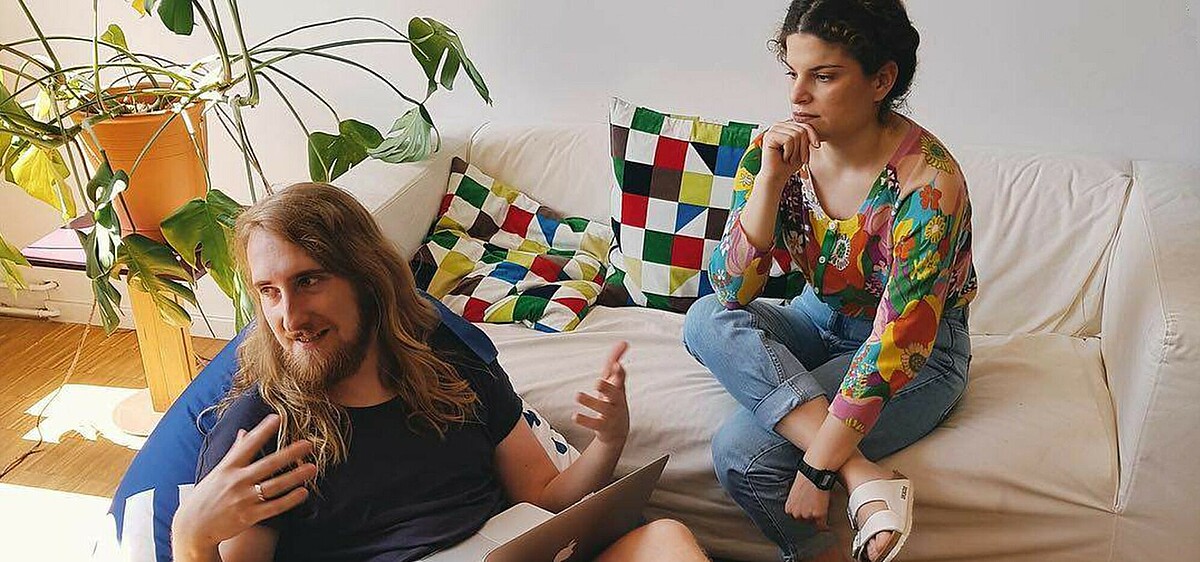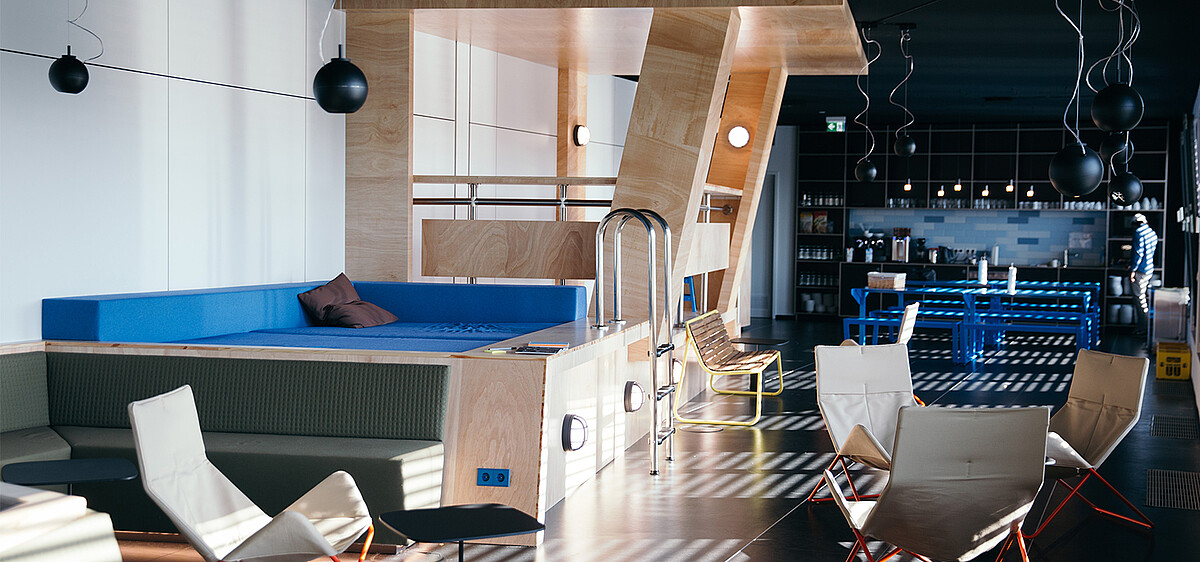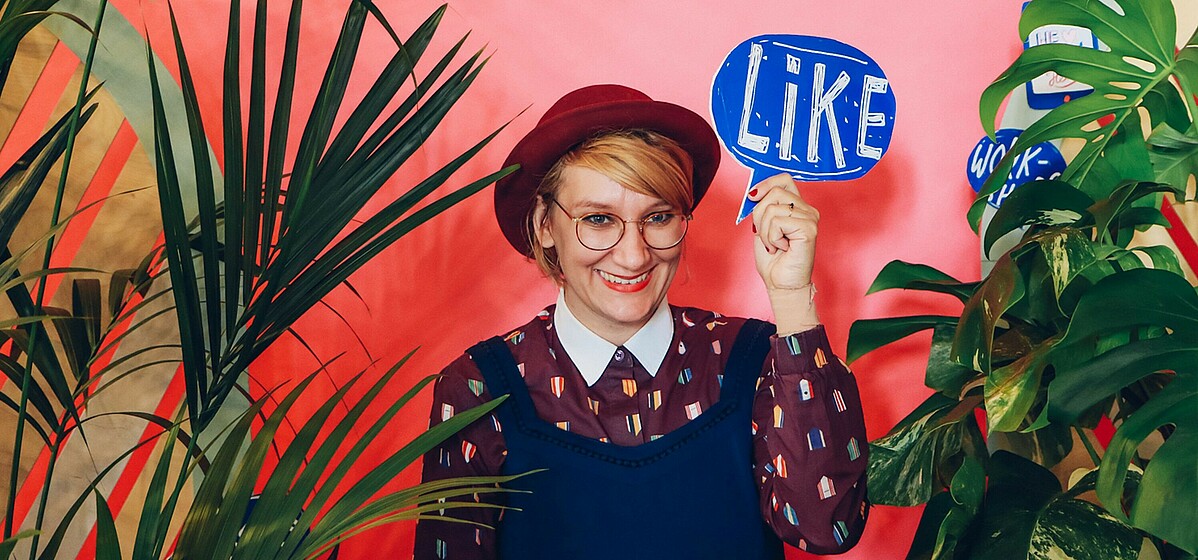New Trends in Office Architecture
The Office as a Playground
Just a few years ago, most offices - with their grey colours and impersonal desk decorations - were not exactly what one would call a welcoming place. Studies have shown that the architectural design of a work space influences efficiency and job commitment among employees. For this reason, Berlin startups have turned their offices into vibrant hybrids between playgrounds, showrooms and flexible workspaces. The ideas behind the new trends in office architecture are not only of recreational origin, but also reflect the movement to a more liberal and rewarding way of approaching work.
Bringing life into the office: The office as a natural habitat
In recent years, new trends in interior design have brought nature as an element back into work spaces. Many Berlin offices are now covered in wooden pallets, decorating desks and floors with big leafy plants. They switch to natural light instead of the classic white light bulb. The natural design gives employee a feeling of working outside and companies like Zalando allow them to breathe in the midst of the stressful environment of the urban jungle.

Your body's a temple: The office as recreational space
Healthy body, healthy mind: The new generation of employees know the value of a symmetrical work-life balance, in which recreation and the job share a 1:1 ratio. This is also reflected in Berlin office architecture: Employers establish recreation or silent rooms, hold yoga classes after work or put up juicers and fresh smoothies in the kitchen. Fitness startup Foodspring even installed a gym in their offices, where they not only help their employees to stay fit but also promote the athletic image of the company.
Showbusiness: The office as an exhibition room
Architectural design is not only beneficial to employee job satisfaction, it can simultaneously create space to display positive results for visiting clients and give the staff recognition for their work, for example in the German Coworking space Betahaus. Coworking spaces or creative agencies often exhibit curated pieces of work that have been created in their offices. This not only decorates the rooms and brings a hip urban flair to the workplace, it also turns the spaces into showrooms, which in turn can attract more potential clients.
Musical chairs: The office as a flexible space
In contrast to the classic office setup, Berlin startups recently discovered the advantages of the so called flexible office. Instead of a fixed desk, the employees share the desks and can choose their work space every day anew. Studies have shown that this affects the productivity positively, because the workers can choose their working environment according to their everyday mood, and they get additional variety into their daily routine. People from different departments, who would usually be seperated, can sit together if they work on the same project. This approach breaks up the classic office structure and brings more movement into the architectural design.

Work hard, play hard
Overall, employers and employees are putting more focus into a healthy work-life balance for higher productivity and job satisfaction, which is well-reflected in the architectural design of the work space. The future of office design is employee-friendly, green and creative – just like Berlin.

Text: Blogfarbrik Berlin - Marlen Jacobshagen
Title Image: Frank Schröder

